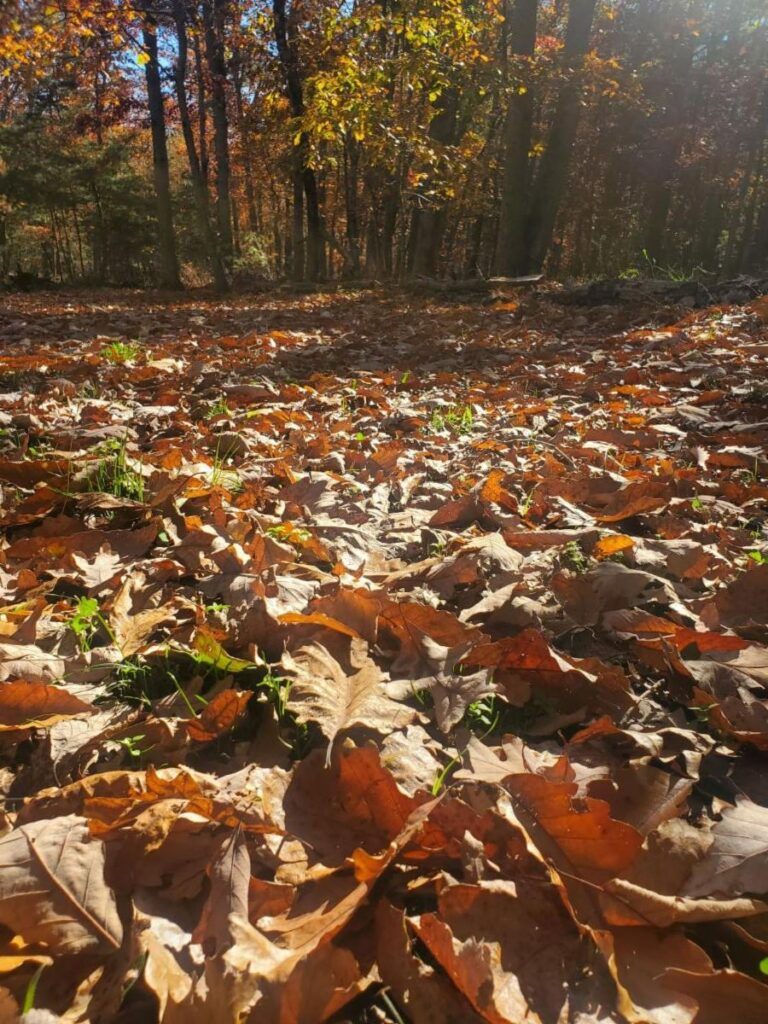The weather cools and the days become shorter, autumn has arrived in New Jersey. The many deciduous trees are transforming. As the leaves fall, they form a blanket on the ground, protecting the soil and plant roots from the weather to come. This ritual performed by nature every year is a sustainable cycle of nutrients and energy. The trees use nutrients from the soil during the growing season and put the nutrients back into the soil when they drop their leaves every fall. The NJ Standards for Soil Erosion and Sediment Control apply conservation practices to urban development. The Standard for Stabilization with Mulch Only – mimics nature’s leaf litter to protect exposed soil surfaces from erosion damage on a construction site. As per the Standard, this mulch shall be small-grain straw uniformly spread 90 – 115 pounds per 1,000 square feet. The straw mulch will provide temporary protection against wind or rainfall induced soil erosion until permanent vegetative cover can be established.

The mulch shall be anchored immediately after placement to minimize loss by wind or water. Anchoring techniques can be liquid mulch binders, crimping or netting. Some construction sites will choose to use wood chips, gravel, or paper mulch as a method for mulch only stabilization, these are described within the Standard. Whether it’s a construction site, forest floor, or farm field, stabilizing exposed soils is vital to soil health. The Standards for Soil Erosion and Sediment Control take their cues from nature and mimic as best they can the processes that protect our soil resources and ultimately, our water resources.
